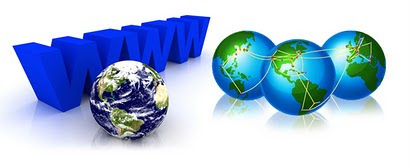August 15, 2007 GPS services available in cars, over the phone and in handheld devices are used by only 17% of adults in the U.S., despite recent technology improvements and falling prices, according to an independent survey released today.
"Overall penetration remains relatively low for GPS services," said Milton Ellis, vice president of technology research at Harris Interactive in Rochester, N.Y., which conducted the poll of 1,325 adults from May 29 to June 5.
A continuing decline in the price of stand-alone GPS units might help boost adoption of the devices, Ellis said. Some in-car systems can cost $1,000 to $2,000, while handheld units can run between $250 and $800, according to analysts and a Web survey of several vendors. However, Ellis said the "sweet spot" for many prior popular technologies embraced by consumers has been in the $200 to $500 range.
Ellis said the survey findings show that network service providers and vendors of GPS devices need to focus on promoting the convenience of using navigational tools that have real-time access to Global Positioning System satellite technology. For example, it can be more efficient to use a device that offers real-time directions to an address than it is to look up the directions online and print them out before starting a trip.
The survey showed that 83% of respondents had viewed at least one Web site for a map and directions to an address in the prior 30 days. But a person who prints out a map can get caught in traffic or make a wrong turn, and that's where GPS tools can come in handy, Ellis said. Some wireless providers are, for a monthly fee, offering GPS services that include real-time traffic information.
Ellis said he personally has three GPS systems and has been saved by real-time automatic route recalculation of directions when he has missed a turn on the highway. In the survey, 81% of the respondents said they found such recalculations extremely or very useful. Voice guidance and alerts were also rated very high, as were directions that include points of interest such as popular restaurants.
Technological problems that have been known to affect GPS tools -- such as the difficulty of finding a satellite connection on a cloudy day or in a downtown area with skyscrapers -- do not seem to be the reason for a relatively slow adoption of the technology, Ellis said. GPS vendors have been able to upgrade chips and antennas so that the tools are more sensitive to satellite signals, technology analysts noted.
"People using GPS are well aware that when there are a lot of skyscrapers, you can get drift, which means it can sometimes be difficult to pick up reception," Ellis noted. However, he said the survey showed that 64% of current users of GPS systems are extremely or very satisfied with the technology. "Those are good numbers," he said.
The survey was not conducted on behalf on any vendor, Ellis said.
Other findings show that small handheld systems are the most common GPS tools, with 34% of GPS users saying that they use such devices. Portable car-mounted units were a close second (they are used by 33% of GPS users), followed by GPS-equipped handheld or laptop computers (26%), cars with integrated GPS technology (25%), cell phones (13%) and "other" tools (7%).
The 13% usage of GPS with cell phones was accompanied by a finding that awareness of features such as turn-by-turn directions via a cell phone was low -- only 19% of respondents said they knew such services were available. Only 15% of those who had a cell phone said they were interested in getting GPS on their next cell phone.
In addition 68% of respondents said that having a digital picture slideshow on a GPS system was not that useful. Separately, a big majority, 69%, said that having digital music playing on a GPS system is either not very useful or useless.








0 komentar:
Posting Komentar